Pawpaw trees (Asimina triloba) are one of North America’s most intriguing and underappreciated fruit trees. Known for their tropical-flavored fruits with custard-like texture and sweet, mango-banana taste, pawpaws are a true hidden gem for home gardeners. Native to the eastern United States, these small, deciduous trees can thrive in backyards, orchards, or even container plantings when grown properly.
If you’ve ever wanted to grow pawpaws but weren’t sure where to start, this guide will reveal four essential secrets for successfully growing pawpaw trees, along with tips for planting, care, fruiting, and harvesting. By following these strategies, you can enjoy your very own home-grown pawpaws for years to come.
What Are Pawpaw Trees?
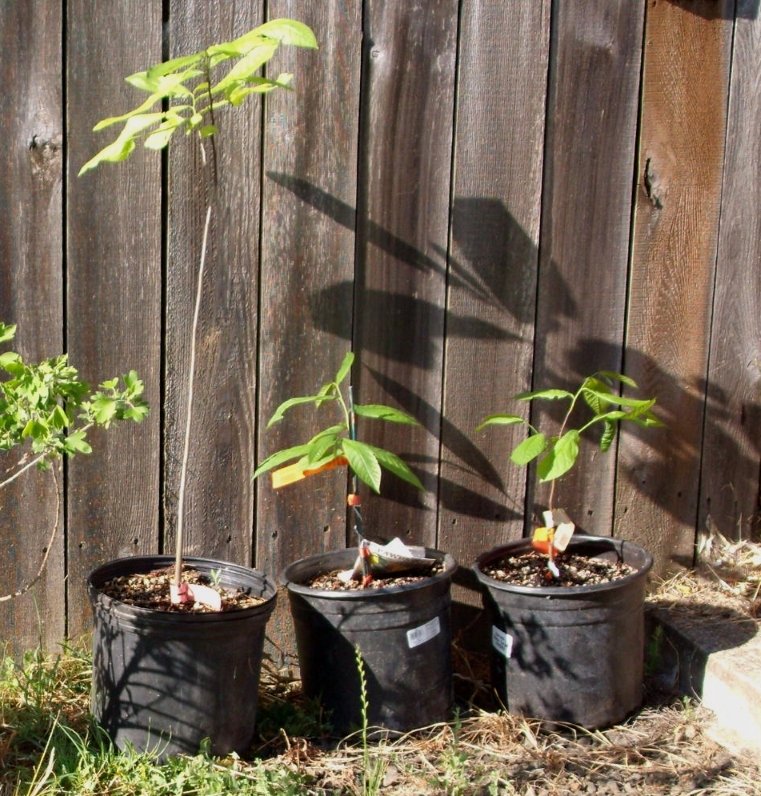
Pawpaw trees are small to medium-sized deciduous trees that belong to the Annonaceae family. Unlike most temperate fruit trees, pawpaws are native to North America and have a tropical taste profile, making them unique in both flavor and appearance.
Key features of pawpaw trees include:
- Size: Typically 15–30 feet tall and 10–15 feet wide.
- Leaves: Large, oblong, and dark green, providing a tropical look.
- Flowers: Maroon to purple, nodding flowers appear in spring.
- Fruit: Oblong, yellowish-green fruits with creamy, custard-like flesh.
- Hardiness: USDA zones 5–9, tolerating cold winters if properly mulched.
Pawpaw trees are ideal for gardeners seeking unusual fruits that attract wildlife and add visual interest to their landscapes.
Secret 1: Choose the Right Location
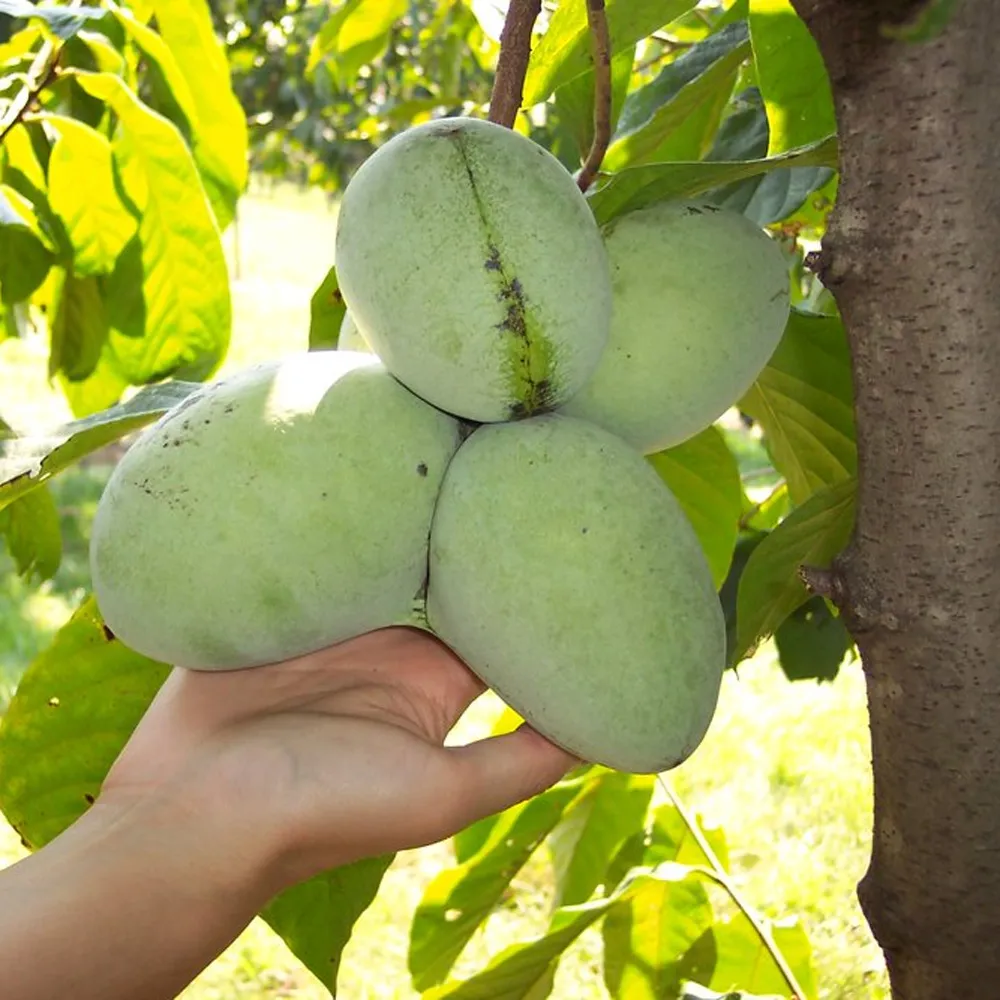
The first secret to growing healthy pawpaw trees is selecting an ideal planting site. Pawpaws have specific light, soil, and space requirements:
1. Light Requirements
Pawpaw trees thrive in partial to full sun. While young seedlings benefit from light shade to prevent leaf scorch, mature trees produce the best fruit when they receive at least 6–8 hours of sunlight per day. A sheltered spot that protects young trees from strong winds is also ideal.
2. Soil Requirements
Pawpaws prefer well-drained, fertile soils rich in organic matter. Slightly acidic soils (pH 5.5–7) are ideal. They tolerate clay or loamy soils, but poor drainage can lead to root rot. Amending the soil with compost or well-rotted manure will improve fertility and structure.
3. Space Considerations
Pawpaw trees grow as small trees or large shrubs, so provide 15–20 feet between trees to allow for proper air circulation, sunlight, and root growth. Crowding can reduce fruit production and increase the risk of disease.
Secret 2: Plant Multiple Trees for Pollination
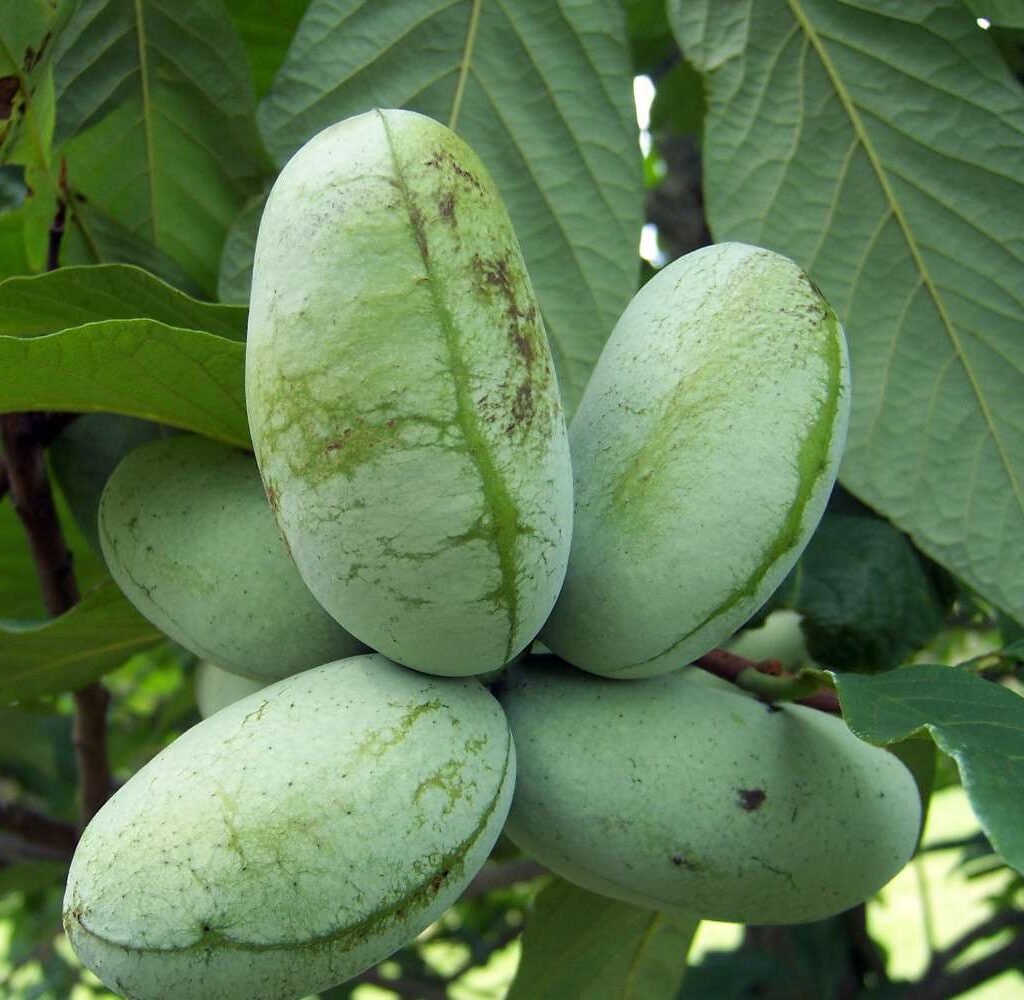
One of the most important secrets for pawpaw success is pollination. Pawpaw trees are not self-pollinating; they require at least two genetically different trees for cross-pollination.
1. Flowering and Pollination
- Pawpaw flowers are maroon to purple and appear in early spring before the leaves fully emerge.
- Flowers are typically pollinated by flies and beetles rather than bees, so natural pollination can be limited in small gardens.
- Planting two or more varieties nearby increases the chances of successful pollination and fruit set.
2. Hand Pollination Tips
If pollinators are scarce, you can hand-pollinate pawpaw flowers:
- Use a small, soft paintbrush to collect pollen from one tree’s flowers.
- Gently transfer pollen to the flowers of another tree.
- Repeat every few days during the flowering period for best results.
Hand pollination can dramatically improve fruit production in home gardens.
Secret 3: Proper Planting and Care
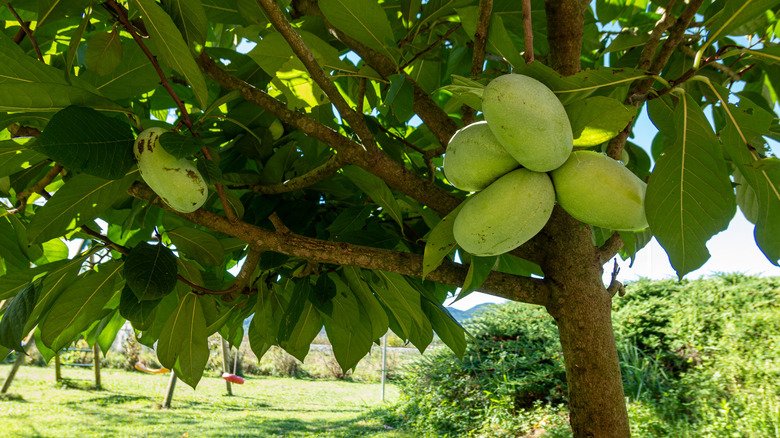
Planting and caring for pawpaw trees correctly is crucial to long-term success. Here’s what you need to know:
1. Planting Steps
- Timing: Early spring is ideal for planting bare-root or container-grown trees.
- Hole Preparation: Dig a hole 2–3 times wider than the root ball but the same depth.
- Soil Preparation: Mix native soil with compost or organic matter to enrich fertility.
- Planting: Position the tree with the root collar slightly above ground level. Backfill, firm the soil, and water thoroughly.
- Mulching: Apply a 2–3 inch layer of mulch to retain moisture, regulate soil temperature, and suppress weeds.
2. Watering
Young pawpaw trees require consistent moisture, especially during their first year. Water deeply once or twice a week, depending on rainfall, to keep the soil evenly moist. Mature trees are more drought-tolerant but will produce better fruit with supplemental watering during dry periods.
3. Fertilizing
Feed pawpaw trees in early spring and after harvest with balanced fertilizers or organic compost. Avoid excessive nitrogen, which encourages leafy growth over flowering and fruiting.
4. Pruning
- Remove damaged, dead, or crossing branches in late winter or early spring.
- Prune lightly to shape the tree, promote airflow, and encourage flowering.
- Avoid heavy pruning, as pawpaws produce fruit on new growth from the previous season.
Secret 4: Protect and Harvest Your Fruit
Pawpaw fruits are delicate, so protection and proper harvesting are key to enjoying your harvest.
1. Pest and Disease Management
Pawpaw trees are relatively pest-resistant, but watch for:
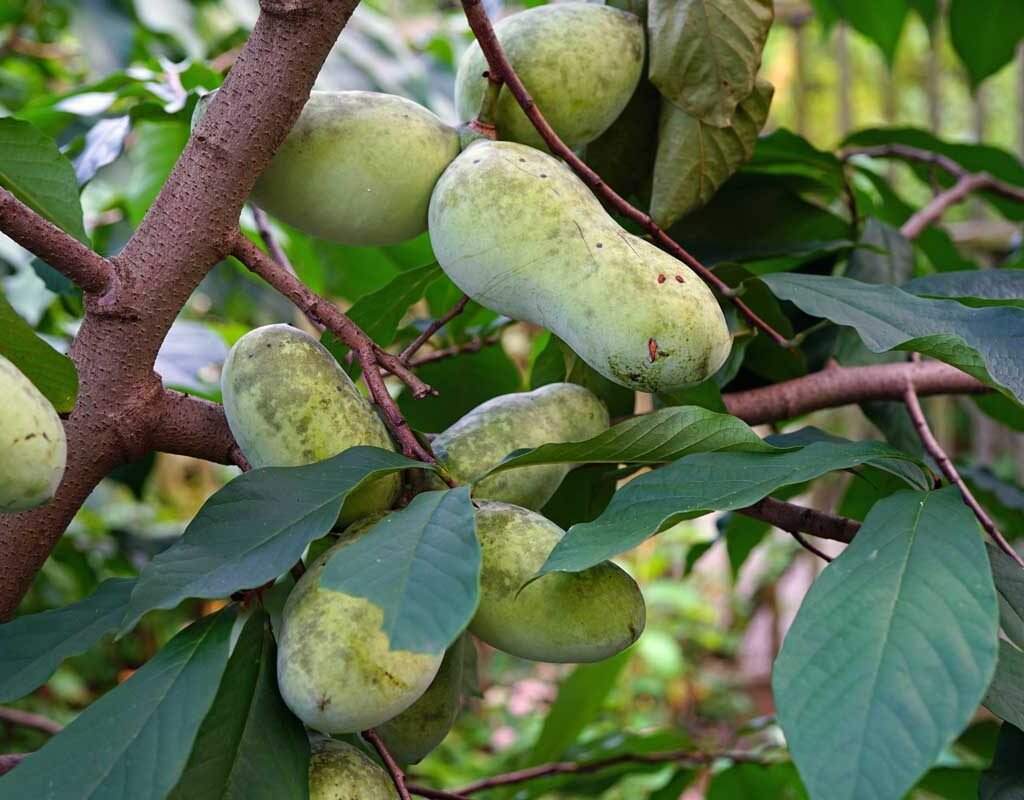
- Leaf spot: Fungal disease causing spots on leaves. Remove affected leaves and improve airflow.
- Fruit rot: Ensure good drainage and avoid overcrowding.
- Insects: Pawpaw peduncle borers and pawpaw weevils may appear occasionally; hand-picking affected fruits can help.
2. Harvesting Pawpaw Fruits
- Pawpaw fruits ripen in late summer to early fall, depending on the variety.
- Ripe fruits feel soft to the touch and may have a slight sweet aroma.
- Handle gently, as pawpaws bruise easily.
- Consume fresh or refrigerate for 3–5 days. They can also be frozen for later use.
3. Culinary Uses
Pawpaw fruits are versatile in the kitchen:
- Fresh eating: Enjoy the creamy, custard-like flesh.
- Smoothies and desserts: Use pawpaw in ice cream, puddings, or baked goods.
- Jams and preserves: Cook pawpaw with sugar for a unique, tropical-flavored jelly.
Additional Tips for Growing Pawpaw Trees
- Patience: Pawpaw trees may take 3–5 years to produce fruit, so early planting is essential.
- Winter Protection: Mulch around the base to protect young trees from freezing temperatures.
- Container Growing: Pawpaws can be grown in large pots for small gardens or patios. Ensure good drainage and regular watering.
- Encourage Pollinators: Plant pollinator-friendly flowers nearby to attract flies and beetles for natural pollination.
Conclusion
Growing pawpaw trees can be a truly rewarding experience for home gardeners. By following these four secrets—choosing the right location, planting multiple trees for pollination, providing proper planting and care, and protecting and harvesting your fruit—you can cultivate healthy pawpaw trees that produce delicious, tropical-tasting fruits right in your backyard.
Pawpaws are more than just a unique fruit; they are a beautiful, low-maintenance addition to any garden, attracting pollinators, providing shade, and offering a taste of the tropics in temperate climates. With patience, care, and the right techniques, you’ll be harvesting your very own pawpaw fruits and enjoying the satisfaction of growing one of nature’s hidden gems.
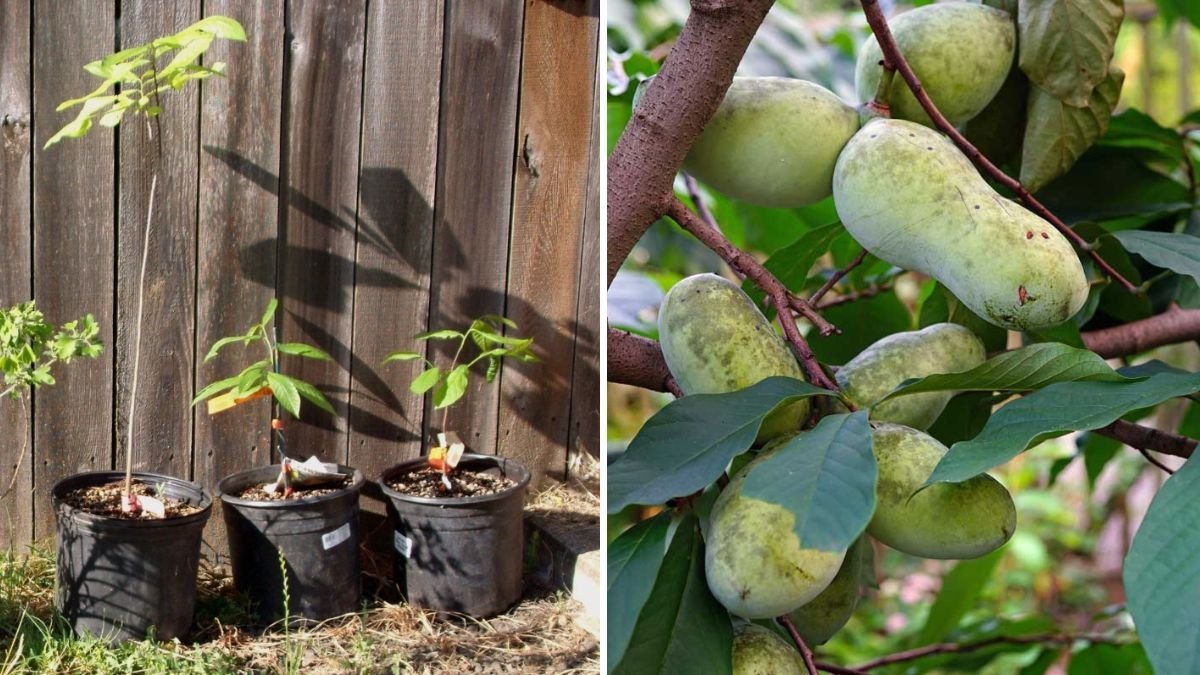

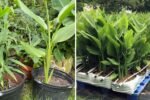
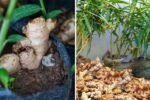


Leave A Comment